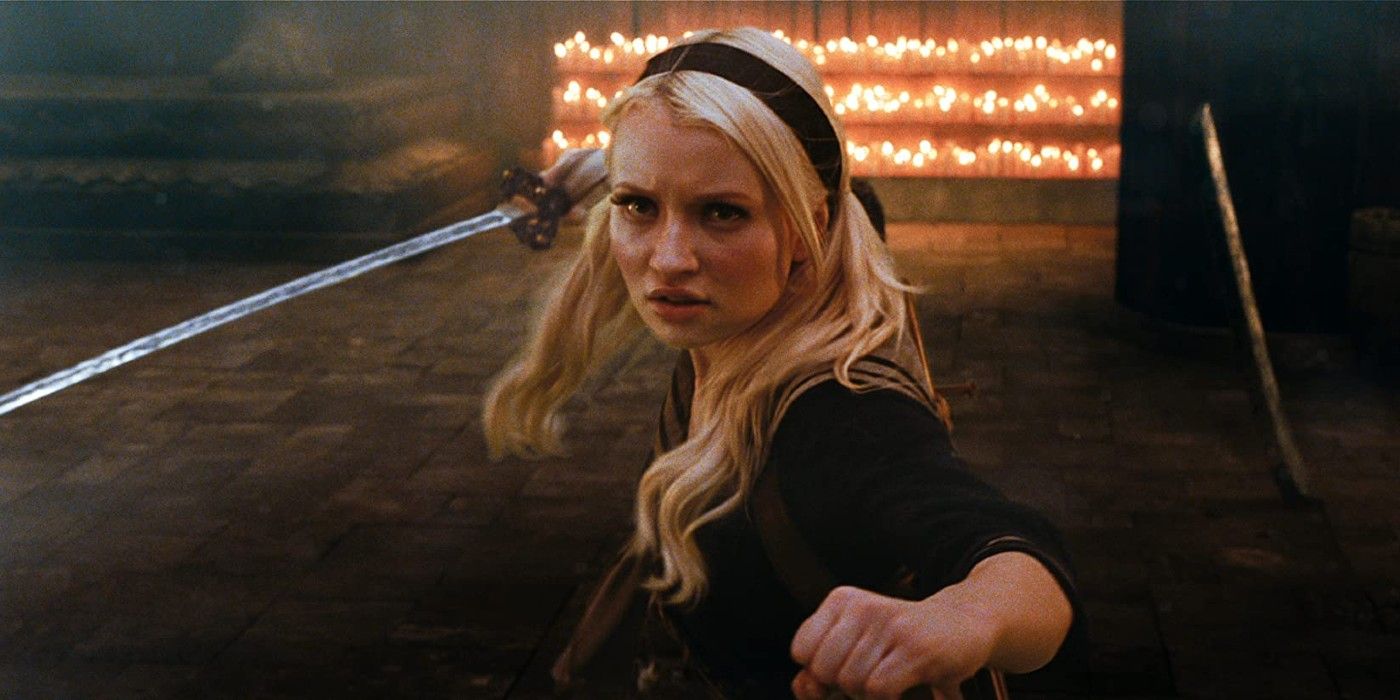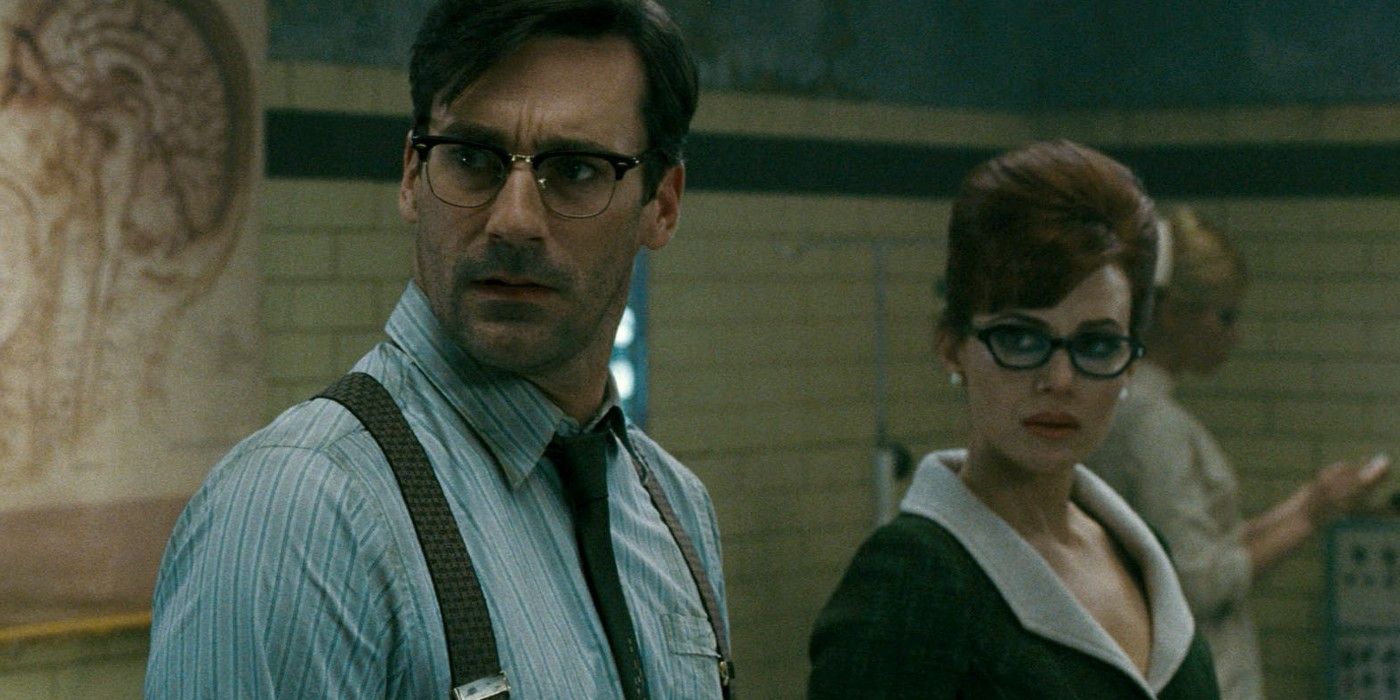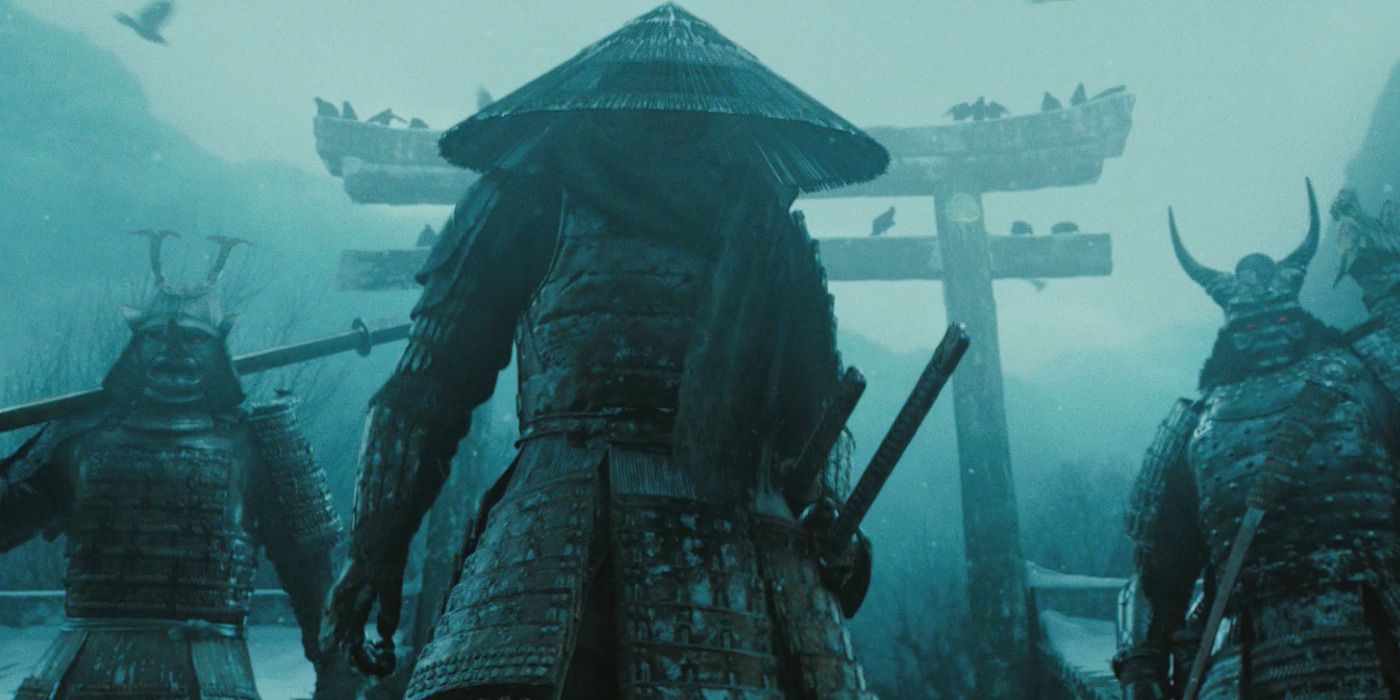Justice League isn’t the only Zack Snyder movie with an unseen director’s cut, as Sucker Punch also has an unreleased Snyder Cut, in addition to the already available theatrical and extended cuts. Released in 2011, Sucker Punch holds a unique place in Snyder’s career as his only feature-length movie not adapted from an existing property. While it’s commonplace for Snyder’s movies to be polarizing, Sucker Punch was especially controversial and bombarded with accusations of misogyny due to its female leads being scantily clad performers in a brothel intermittently tossed into over-the-top action sequences. As a result, Sucker Punch swiftly became the poster child for women being made into objects of male gaze in the film industry.
However, more recent analysis of the movie has been noticeably more favorable, especially thanks to its extended cut, with some commending Sucker Punch as a Trojan Horse-like indictment of the very female objectification in entertainment that it had been accused of embodying. Snyder himself has expressed the thesis of Sucker Punch as being exactly that, describing the movie as “a f–k you to a lot of people who will watch it” in an interview with Comic Book Debate.
Though the reputation of Sucker Punch has grown more positive in the years since its release, it has also come to light that the world has never truly seen the film as Snyder envisioned it. As with the majority of Snyder’s films, Sucker Punch‘s home release included an extended cut that restored a significant amount of footage and story points, with the ending especially being massively recontextualized. Nevertheless, despite the extended cut reintegrating much of Snyder’s original intent into the movie, there also remains a third version that has yet to see the light of day. Here are all three versions of Sucker Punch and the differences between each.
Sucker Punch Theatrical Release

The theatrical version of Sucker Punch hit theaters on March 25th, 2011, five years to the day before Snyder’s 2016 movie Batman v Superman: Dawn of Justice. This version of the film runs 109 minutes and despite Snyder’s intent to make it R-rated, the cuts pushed by the studio ultimately resulted in a PG-13 rating. The movie focuses on a young woman named Babydoll, played by Emily Browning, who has been institutionalized by her stepfather to cover up the truth about her sister’s death.
With Babydoll on the path to be lobotomized, she retreats from her grim situation by imagining herself being held captive in a brothel with several other young women and forming a plan with them to escape. While using her dance performances for the brothel’s patrons as a distraction while the others retrieve items necessary for their escape, Babydoll slips into a third reality where she and her allies engage in battles in various fantasy settings, guided by the sage “Wise Man” played by Scott Glenn.
Sucker Punch Extended Edition

While the theatrical cut of Sucker Punch was rated PG-13, the movie’s extended cut debuted on home media with the originally intended R-rating, adding back in approximately 18 minutes of footage. Among the more significant added material are such additions as the flamboyantly over-the-top dance sequence set to Love is the Drug with Oscar Isaac’s Blue and Carla Gugino’s Madame Gorski, only seen in the end credits in the theatrical version. The movie’s action scenes also feature added material, particularly the fantasy sequences in the trenches of World War One and the castle siege where Babydoll and her allies battle a legion of orcs and a fire-breathing dragon. On top of other additions of varying degrees of significance, perhaps the most notable arrives at the end during Babydoll’s scene with the High Roller, played by Jon Hamm.
After Babydoll sacrifices her freedom so Abbie Cornish’s Sweet Pea can escape the brothel, she finds herself captive once more and in the presence of the High Roller. However, he proves to be far less vicious than Babydoll is expecting and expresses a desire for Babydoll’s consent, even though he’s already technically purchased her, as that experience is one his vast resources cannot buy and the encounter would be empty without her blessing. Because of this scene’s inclusion in the extended cut, when the movie cuts back to Babydoll’s lobotomy being completed by a brain surgeon – who is also Hamm – his question of “Did you see the way she looked at me?” is suddenly cast in a very different light. However, for as much as this reshapes the ending of the film, it’s still not Snyder’s full intended vision. As Snyder explained why Sucker Punch was absent from his 2019 director’s cut screening event because it’s not actually his director’s cut.
Zack Snyder’s Unreleased Director’s Cut of Sucker Punch

Amid his teases for the Justice League Snyder Cut, Zack Snyder has also confirmed that his director’s cut of Sucker Punch also has yet to see the light of day. While it should be noted that Sucker Punch was not subject to the same level of extensive reshoots and massive last-minute tinkering as Justice League, Snyder has nevertheless made clear that the extended cut’s additions still don’t fully restore his vision of the movie. Though significantly less is known about Sucker Punch‘s Snyder Cut than Justice League‘s, some details have emerged.
The movie’s director of photography, Larry Fong, has spoken of Snyder’s cut as having extended musical numbers with the ending also being different. Snyder has also shed a bit of light on the ending specifically by revealing that it features Babydoll singing, while his director’s cut also takes a more direct condemnation of female objectification, though without the more on-the-nose voiceovers present in the movie – changes he said were pushed by the studio to make it more commercial. As with Justice League, Snyder has also expressed interest in his unseen cut of Sucker Punch finally being released at some point.
The additional material provided in the extended cut of Sucker Punch has likely aided the gradual reassessment it has seen over the years. At the same time, the massive amount of attention the Justice League Snyder Cut has drawn (most recently from Honest Trailers) has also had the side effect of putting more of a spotlight on Zack Snyder’s unreleased version of Sucker Punch, as well. While much remains undiscovered about Snyder’s true version of Sucker Punch, it can be said with certainty that there are at least two Zack Snyder movies for which the hashtag #ReleaseTheSnyderCut is applicable.




